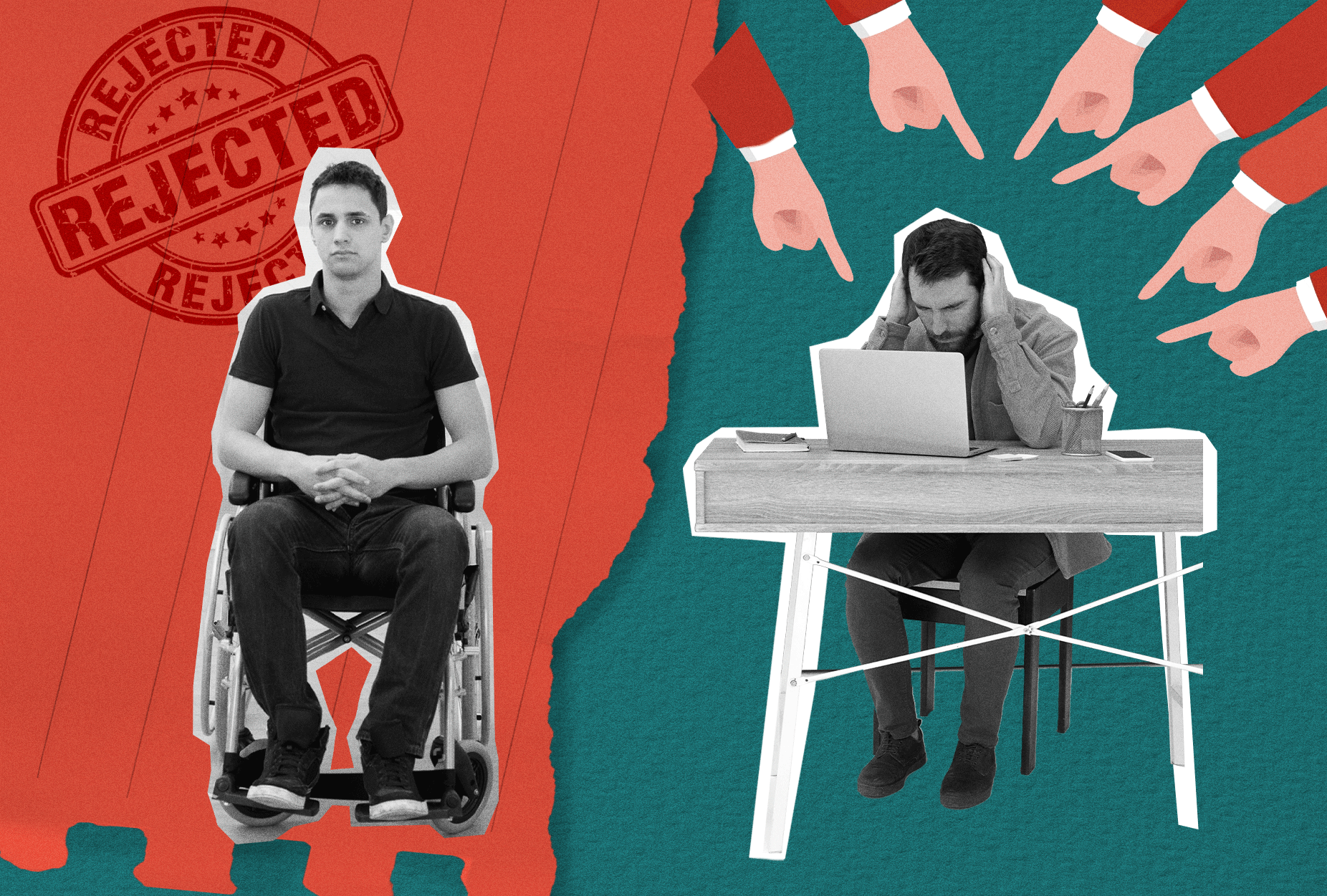What Is The Difference Between Workplace Harassment & Discrimination?


Working can be exhausting and challenging, especially if someone is bothering you at work or preventing you from doing the job you want. You might think you are being harassed or discriminated against, but are not quite sure if there is a difference between the two.
People often use the terms “workplace harassment” and “discrimination” interchangeably, as both are common in many places of business. Both can cause mental or emotional discomfort, or even financial harm in some cases.
While workplace harassment and discrimination may seem the same at first glance, our California employment lawyers would like you to know that the two terms are actually quite different. We’d also like you to know that both harassment and discrimination are unacceptable and illegal in the workplace, and we are here to help you fight back.
Protected Traits
Both discrimination and harassment tend to happen to people who are in the minority or who are marginalized because of who they are.
The law safeguards specific groups of people who share certain characteristics. Known as protected traits, these characteristics can increase the risk of unfair treatment in the workplace.
Protected traits include:
- Race
- Gender
- Age
- Disability
- Religion
- Sexual orientation
Workplace harassment and discrimination often involve mistreatment because the victim has one or more of these protected traits.
The Difference between Workplace Discrimination and Harassment
The main difference between discrimination and harassment in the workplace is whether the wrongdoer committed the offense as an official part of their job. For example, it is discrimination if the person in charge of hiring refuses to hire applicants who have a handicap. The applicant is experiencing unfair treatment.
Workplace discrimination typically occurs in situations involving:
- Hiring
- Firing
- Pay
- Promotions
Workplace discrimination may be direct or indirect. Direct discrimination happens when someone is treated differently because of a protected characteristic. For example, any employer that refuses to hire women for physical labor because they think women are weaker than men is directly discriminating.
Indirect discrimination is when an employer has a work policy that applies to everyone and puts those with protected traits at a disadvantage. An employer that requires all employees to work on Saturdays may be guilty of indirect discrimination based on religion.
Harassment involves mistreatment in the workplace, sometimes to the point of feeling unsafe. Examples of harassment could be:
- Bullying or name-calling
- Unwanted physical attention or touch
- Inappropriate “jokes”
Workplace Harassment And Discrimination Are Against The Law In California
California’s Fair Employment & Housing Act (FEHA) prohibits workplace harassment and discrimination. FEHA also protects workers’ rights to report instances of harassment or discrimination to their employer without fear of retaliation. Employees also have the right to file a complaint with the Department of Fair Employment and Housing (DFEH) and to hire a California employment lawyer.
Have You Experienced Workplace Harassment or Discrimination? You May Be Able To Take Action. Contact Your California Employment Lawyers At D.Law!
If your employer has violated California’s workplace harassment or discrimination laws, you may be able to take action. Our employment attorneys can help you stop harassment or discrimination at your workplace in the Bay Area, San Diego, Fresno, Los Angeles, and other CA cities. Contact us today to learn more about your rights in the workplace.

Ready to get started?
Contact us now for a free consultation to find out how we can help you.



















